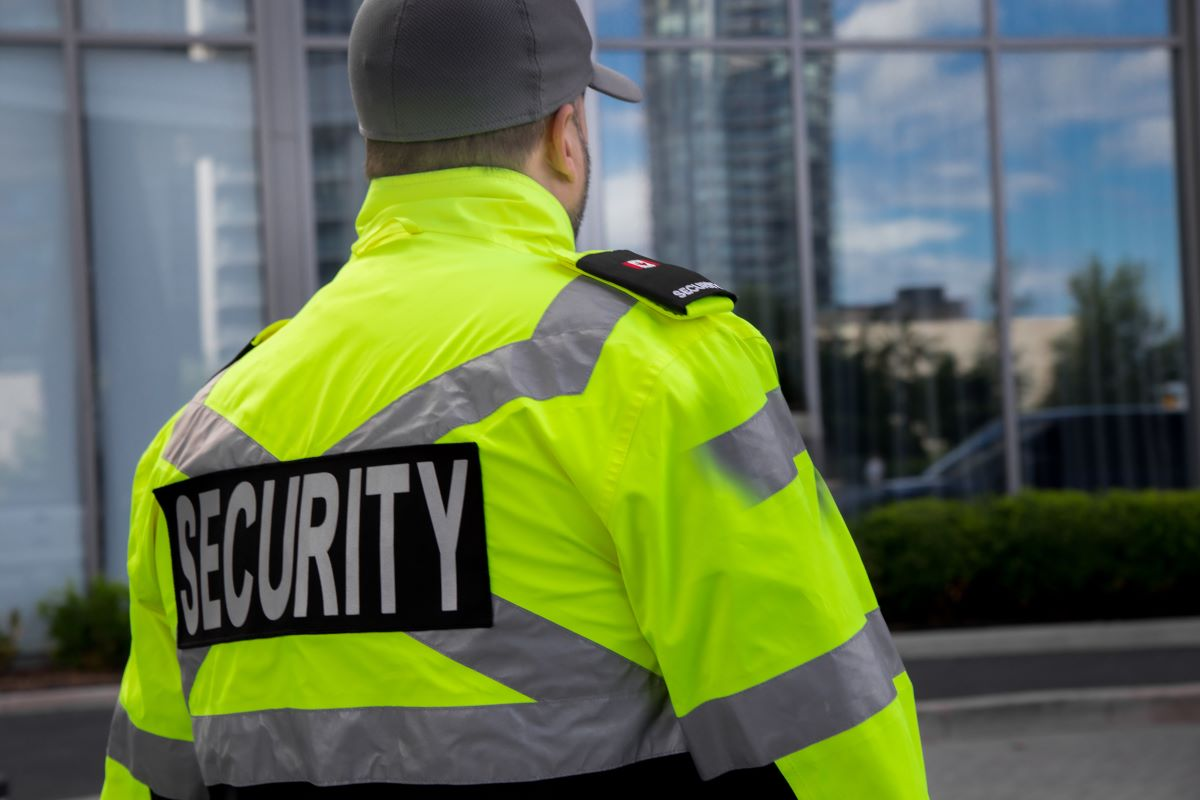In the wake of rising security concerns in public spaces, the UK has seen a push towards stronger safety measures.
This article will explore Martyn’s law, one of the key legislative safety measures, covering its implications for various sectors, and the steps businesses can take to prepare for compliance with these regulations.
Origins of Martyn’s Law
Martyn’s Law, officially known as the Protect Duty, is a legislative proposal designed to enhance security measures at public venues.
The law was born out of the Manchester Arena terrorist attack in May 2017, which resulted in 22 deaths and hundreds of injuries. One of the victims was Martyn Hett, whose story and subsequent public campaigning by his mother, Figen Murray, sparked a significant movement for change.
Following the attack, it became evident that there were gaps in security measures at public venues, particularly in how they prepared for and responded to terrorist threats.
The proposed law seeks to close these gaps by making it mandatory for certain public locations and large organisations to prepare adequately against the threat of terrorism. This preparation includes conducting thorough risk assessments, implementing specific security plans, and ensuring staff are trained to deal with terrorist attacks effectively.

The aim of Martyn’s Law is to ensure that the safety of the public becomes a statutory requirement for venue operators, promoting a more standardised approach to security across the UK.
This legislation reflects a growing recognition of the need for proactive measures to protect citizens in a changing security landscape, rather than relying solely on reactive measures after tragedies occur.
Key Components of Martyn’s Law
Martyn’s law encompasses several critical components designed to ensure public spaces are prepared for and can mitigate the risks associated with terrorist threats.
Here’s a breakdown of the key areas of this proposed law:
1. Risk Assessments
All venues and public spaces will be required to undergo thorough and regular risk assessments specifically focused on the threat of terrorism.
This process helps identify potential vulnerabilities and the types of threats that venues might face based on their location, size, and the nature of the events they host.
2. Security plans
Based on the findings of the risk assessments, venues must develop and implement a thorough security plan to address these risks.
These plans should include preventive measures and outline clear procedures for responding to terrorist threats. The goal is to ensure that there is a proactive strategy in place, tailored to the specific threats identified during the risk assessment.
3. Staff Training
Training staff is a crucial component of Martyn’s Law.
Employees at all levels, especially those in operational or security-sensitive roles, must receive training on recognising security threats and responding effectively in the event of an attack.
The training should empower staff with the knowledge and skills to act swiftly and coordinate with emergency services to manage and mitigate any incidents.
4. Compliance and Enforcement
The law will also establish mechanisms for monitoring and enforcing compliance with these new requirements.
This could include regular audits, penalties for non-compliance, and possibly incentives for organisations that demonstrate exemplary adherence to security protocols.
5. Collaboration with Emergency Services
Effective communication and collaboration with local police and emergency services are part of the proposed requirements.
Establishing strong links with these services ensures that when an incident occurs, there is a coordinated response that can effectively manage the situation, minimising harm and restoring safety.
Impact on Businesses and Public Sector Organisations
Martyn’s Law does not solely target venue owners and event organisers. It also affects a wide range of organisations, including:
Entertainment and leisure retail
Food and drink outlets
Museums and galleries
Sports grounds
Public areas of local and central government buildings
Visitor attractions
Temporary events
Places of worship
Health facilities
Educational institutions
Businesses and public sector organisations that operate publicly accessible locations must now comply with new security standards set by the legislation.
The law divides venues into two tiers based on their capacity:
Standard Tier: Applies to venues with a capacity of 100 to 799 people. These venues must conduct basic security risk assessments, develop appropriate action plans to improve protective security, and ensure staff receive training on terrorism risks and responses to enhance preparedness.
Enhanced Tier: Targets larger venues and events with a capacity of 800 or more people. These venues are required to take more comprehensive security measures, including detailed risk assessments, maintaining security documentation, taking ‘reasonably practicable’ measures that will reduce the risk of a terrorist attack occurring or physical harm being caused, and appointing a designated security manager.
The diverse range of organisations affected by Martyn’s Law highlights the need for tailored approaches to security measures.
As a result, organisations must carefully assess their unique security needs and adopt measures that adequately address the risks they face.
Preparing for Compliance with Martyn’s Law
As organisations begin to navigate the requirements of Martyn’s Law, they must take several steps to ensure compliance:
1. Conduct Risk Assessments
The first step in complying with Martyn’s Law is to conduct thorough risk assessments. This involves:
Identifying vulnerabilities: Assess the physical security of the venue, including entry points, public access areas, and potential targets within the venue.
Evaluating threat levels: Consider the likelihood of different types of terrorist attacks and the potential impact on the venue and its patrons.
Developing a risk profile: Use the gathered data to create a comprehensive profile of the venue’s security needs.

2. Develop Action Plans
Based on the risk assessment, organisations should develop a detailed action plan that outline the measures to be taken to mitigate identified risks. This includes:
Security protocols: Establish clear protocols for responding to different types of threats, such as suspicious packages or active shooter scenarios.
Evacuation procedures: Create and regularly update evacuation plans, ensuring all staff are familiar with the procedures.
Communication strategies: Plan how to communicate with patrons and emergency services during an incident.
3. Implement Physical Security Measures
Organisations must invest in physical security enhancements to deter and respond to threats:
Surveillance systems: Install CCTV cameras and monitoring systems to cover critical areas of the venue.
Access controls: Use barriers, security personnel, and electronic access systems to control entry points.
Personal safety devices/alarms: Equip staff with personal safety devices that can be activated in emergencies to alert necessary personnel and ensure rapid response to any situation.
Screening procedures: Implement security screening for patrons and staff, such as bag checks and metal detectors.
4. Provide Staff Training
Training is a crucial component of Martyn’s Law compliance.
Organisations should ensure all staff members are well-prepared to handle security threats by conducting regular training on identifying suspicious behavior, emergency response procedures, and evacuation drills.
Security personnel should be trained in advanced counter-terrorism measures and crisis management.
5. Maintain Security Documentation
Keeping accurate and up-to-date documentation is essential for compliance:
Security plans: Document all security measures, protocols, and action plans.
Incident logs: Maintain logs of any security incidents, actions taken, and lessons learned.
Compliance records: Keep records of risk assessments, training sessions, and equipment maintenance.
6. Appoint a Designated Security Manager
For venues in the enhanced tier, appointing a designated security manager is mandatory.
This individual will be responsible for overseeing all security measures, ensuring compliance with Martyn’s Law, and coordinating with law enforcement and emergency services.
The designated manager should have appropriate qualifications and experience in security management.
7. Establish a Communication Strategy
Open lines of communication with local authorities, emergency services, and neighbouring businesses are essential for sharing information, coordinating responses, and maintaining public safety.
Organisations should establish a clear communication plan outlining how they will engage with relevant stakeholders in case of an emergency.
8. Continuously Review and Update Security Measures
As the threat landscape evolves, organisations must regularly evaluate their security protocols and make necessary adjustments to stay ahead of potential risks.
How Can We Help?
As organisations prepare to meet the stringent requirements of Martyn’s Law, incorporating technology into safety and security protocols is crucial.
Modern digital solutions can streamline processes, enhance real-time communication, and provide comprehensive data management, all of which are essential for maintaining robust security standards.
Here’s how Vatix can help in complying with these new legal requirements efficiently and effectively:
Our incident reporting software streamlines security documentation, simplifying the process of logging security incidents, actions taken, and lessons learned.
The audits and inspections module helps organisations routinely review their security protocols using template forms and mobile app-based inspections. Organisations can efficiently assign and manage corrective actions related to an inspection, ensuring that any identified security gaps are addressed promptly.
Our employee safety solutions provide critical safety features such as GPS tracking, emergency buttons, and fall detection, safeguarding employees especially in environments where they might be exposed to increased security risks.
Conclusion
Martyn’s Law has transformed the way public spaces and events are managed in the UK. It has set new standards for security measures and represents a significant step forward in the country’s commitment to public safety.
As the threat landscape continues to evolve, it is crucial for organisations with publicly accessible venues to take a proactive approach. This means continuously reviewing and updating security measures, and maintaining robust communication with local authorities and the community to effectively address emerging threats.
By understanding the key components of this groundbreaking legislation and the steps required to achieve compliance, we can collectively ensure that the UK remains a safe and secure place for all.
To learn more about how Vatix can assist your organisation in complying with Martyn’s law, talk to our sales team here.

